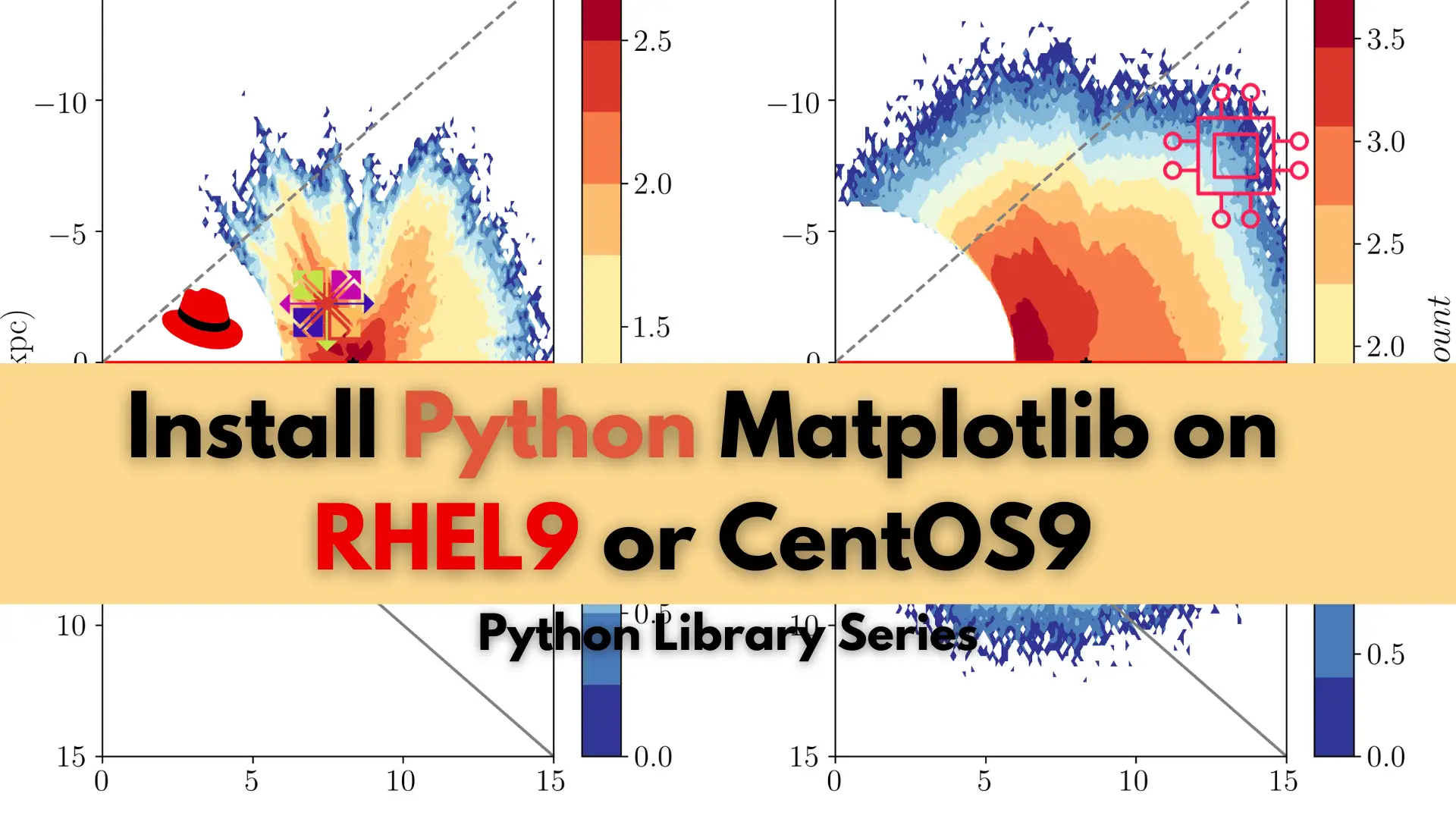
In this article, we will learn how to install Python Matplotlib on CentOS9 or RHEL9, a popular tool for scientific computing and data manipulation. Table

In this article, we will learn how to install Python NumPy on CentOS9 or RHEL9, the essential package for scientific computing and data manipulation!
Python is a popular programming language used extensively in data analysis, machine learning, and scientific computing. One of the most important libraries used in these fields is NumPy. In this article, we will discuss how to install NumPy on RHEL9 or CentOS9.
NumPy was created by Travis Oliphant in 2005 as an open-source library for numerical computing with Python. It is built on top of the C and Fortran programming languages and provides high-performance multidimensional arrays and matrices, along with mathematical functions to operate on them. NumPy has become a fundamental library in scientific computing, data analysis, and machine learning.
NumPy is a Python library that provides support for large, multi-dimensional arrays and matrices, along with a large collection of mathematical functions to operate on them. It is a fundamental library in scientific computing, data analysis, and machine learning. NumPy provides the foundation for other popular libraries such as Pandas, SciPy, and Matplotlib.

The following steps will guide you on how to install NumPy on RHEL9 or CentOS9.
Before we begin, it’s always a good practice to update the system to the latest version. Run the following command to update the system:
$ sudo dnf update
NumPy can be installed using pip, which is a package installer for Python. Run the following command to install pip:
$ sudo dnf install python3-pip
Now that pip is installed, we can use it to install NumPy. Run the following command to install NumPy:
$ pip3 install numpy
To verify that NumPy is installed, open the Python interpreter by running the following command:
$ python3
Python 3.9.14 (main, Nov 7 2022, 00:00:00)
[GCC 11.3.1 20220421 (Red Hat 11.3.1-2)] on linux
Type "help", "copyright", "credits" or "license" for more information.
>>>
Once you are in the Python interpreter, import NumPy by running the following command:
$ python3
Python 3.9.14 (main, Nov 7 2022, 00:00:00)
[GCC 11.3.1 20220421 (Red Hat 11.3.1-2)] on linux
Type "help", "copyright", "credits" or "license" for more information.
>>> import numpy as np
If there are no errors, NumPy is successfully installed.
Here are some best practices that you should follow when using NumPy:
In this article, we discussed how to install NumPy on RHEL9 or CentOS9. NumPy is a fundamental library in scientific computing, data analysis, and machine learning that provides high-performance multidimensional arrays and matrices, along with mathematical functions to operate on them. By following the installation procedure and best practices, you can start using NumPy in your data analysis and scientific computing projects.
Was this article helpful to you? If so, leave us a comment below. We’d love to hear from you!
Related Posts

In this article, we will learn how to install Python Matplotlib on CentOS9 or RHEL9, a popular tool for scientific computing and data manipulation. Table

If you’re looking for a powerful and flexible environment to perform scientific computing and data analysis, learning “How to Use Linux for Scientific Computing and

Scientific computing using Python refers to the use of the Python programming language and its associated libraries to solve scientific problems. Scientific computing is the
